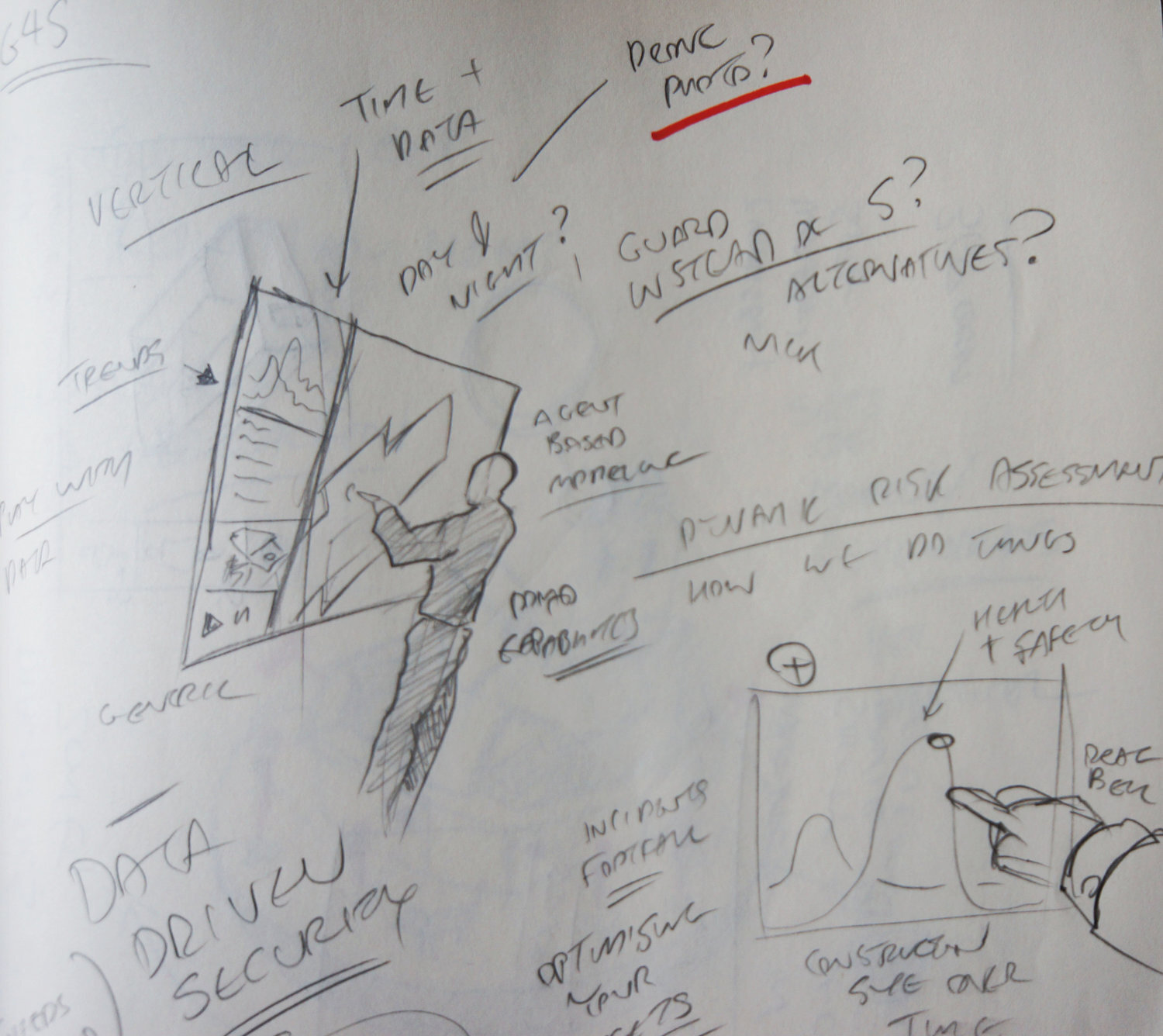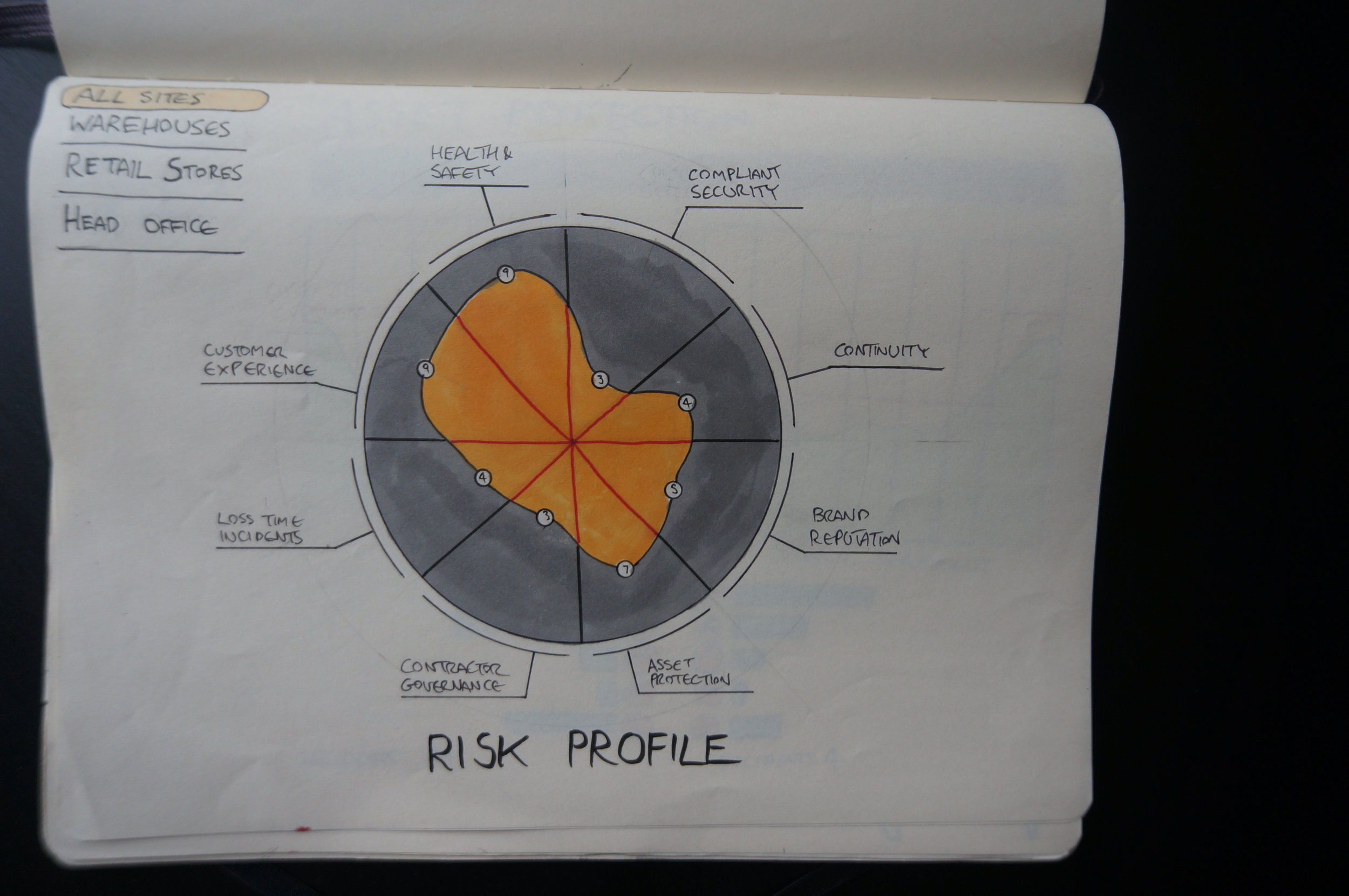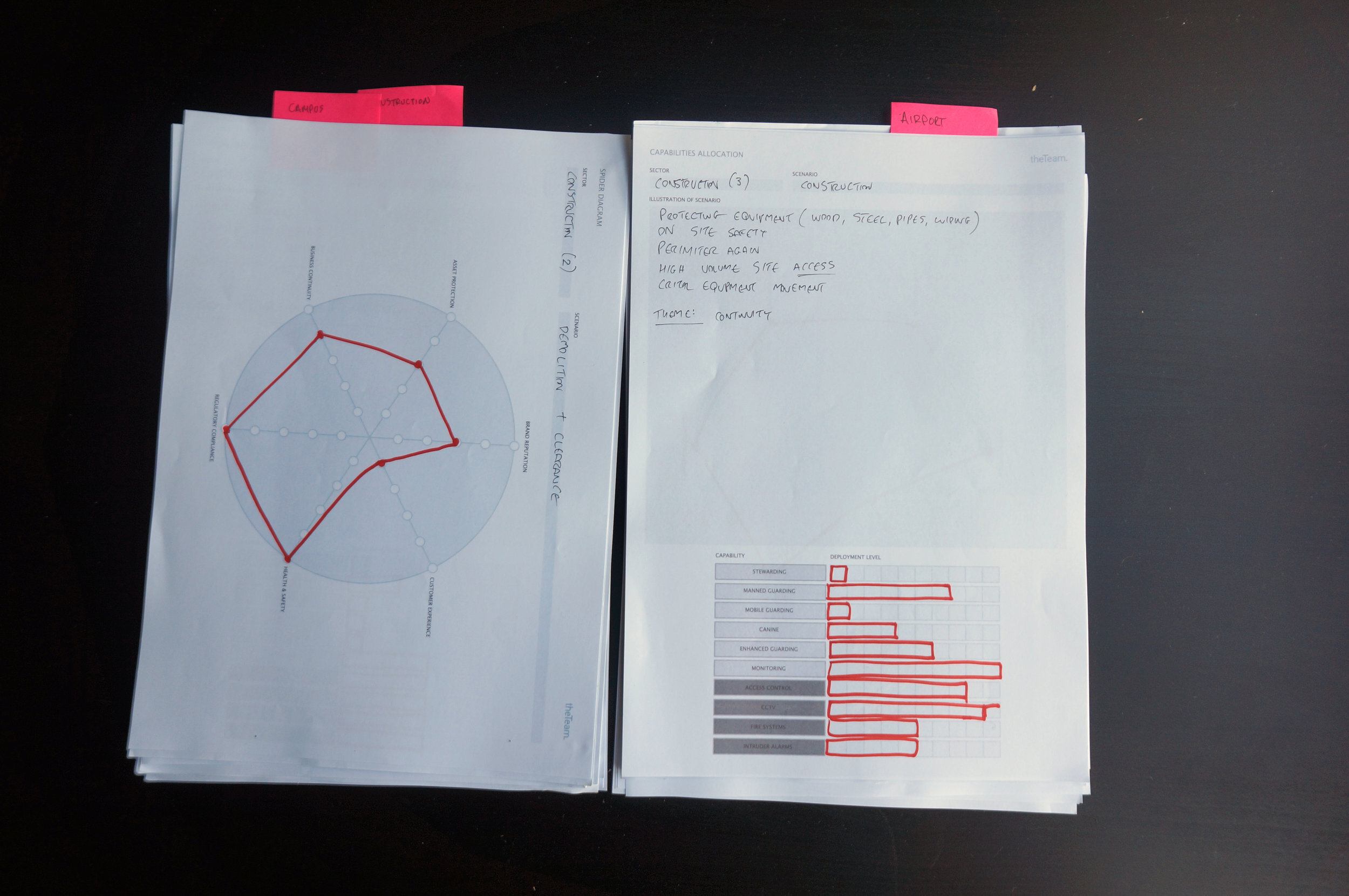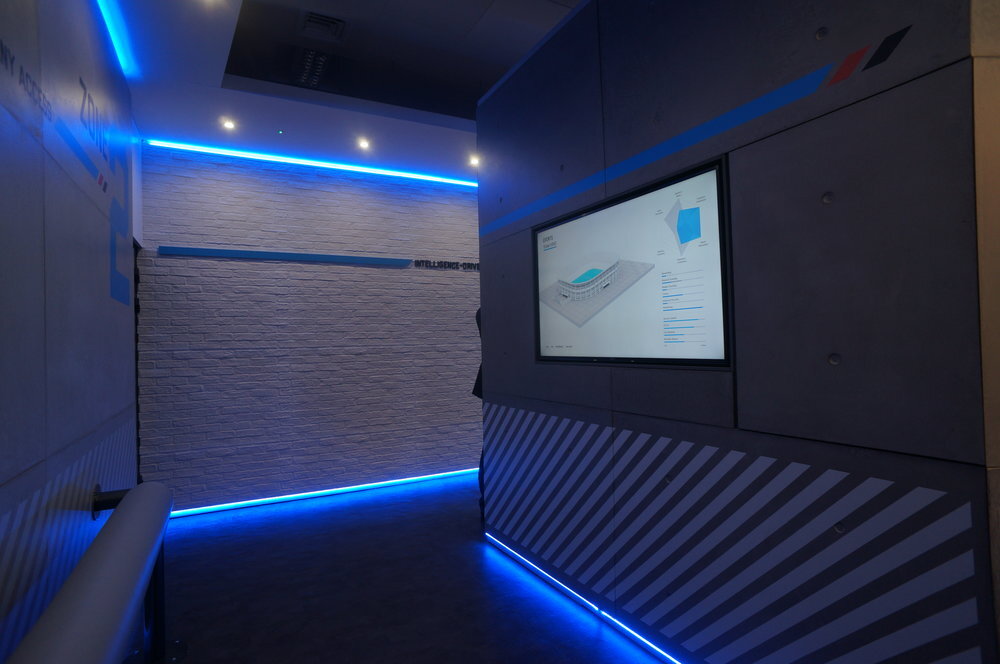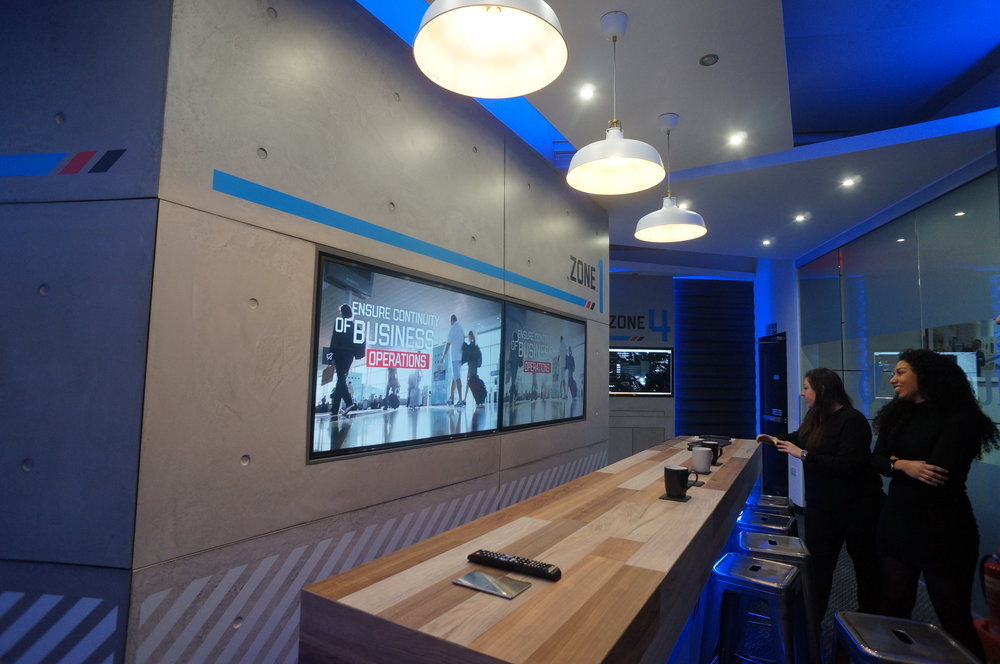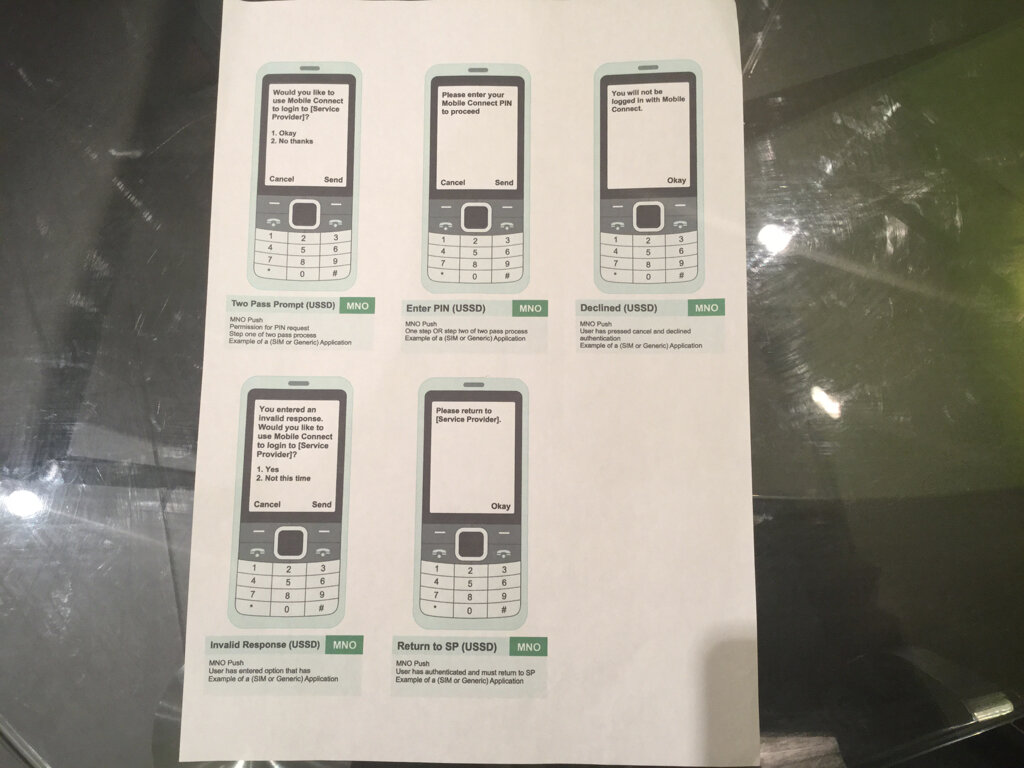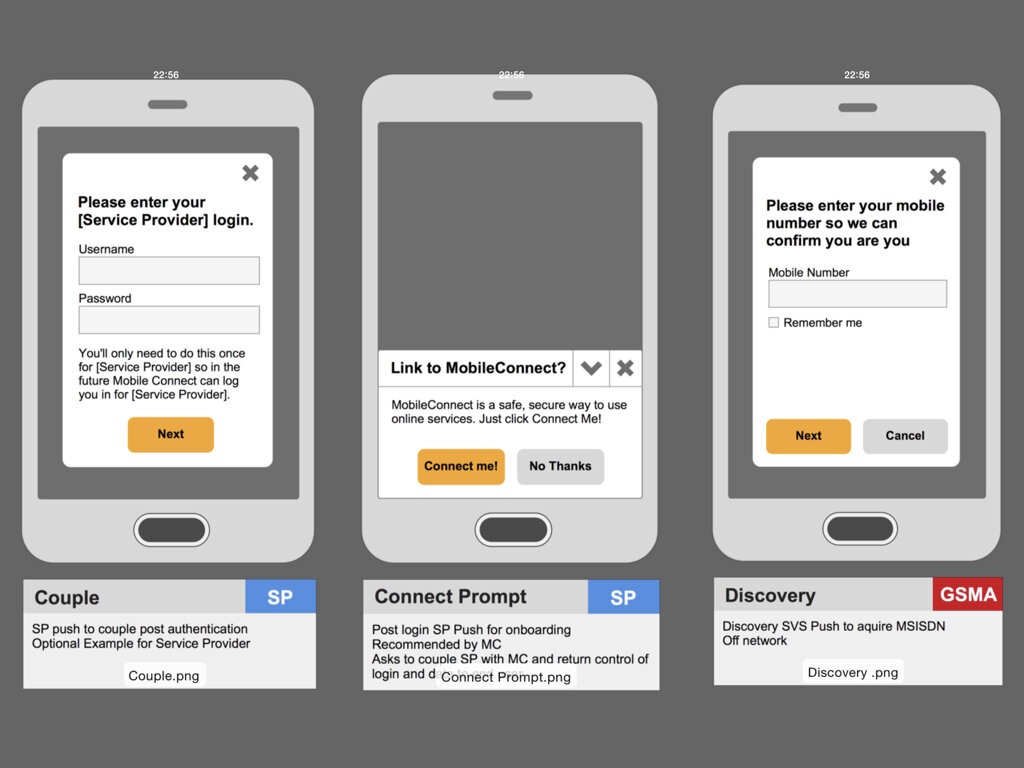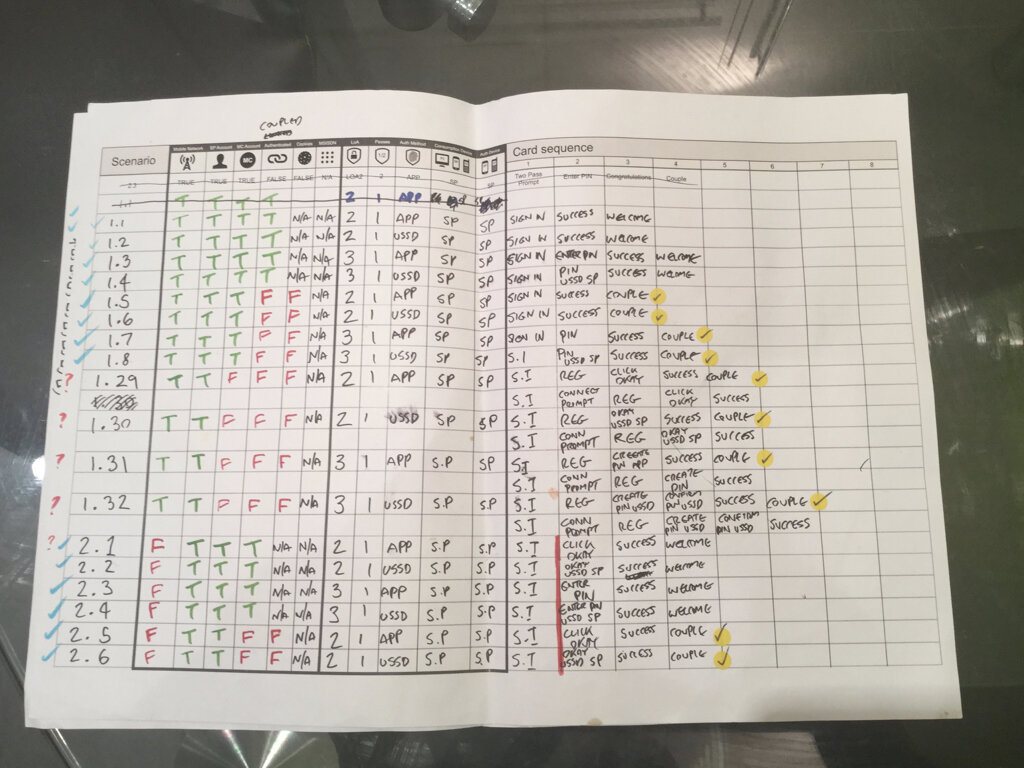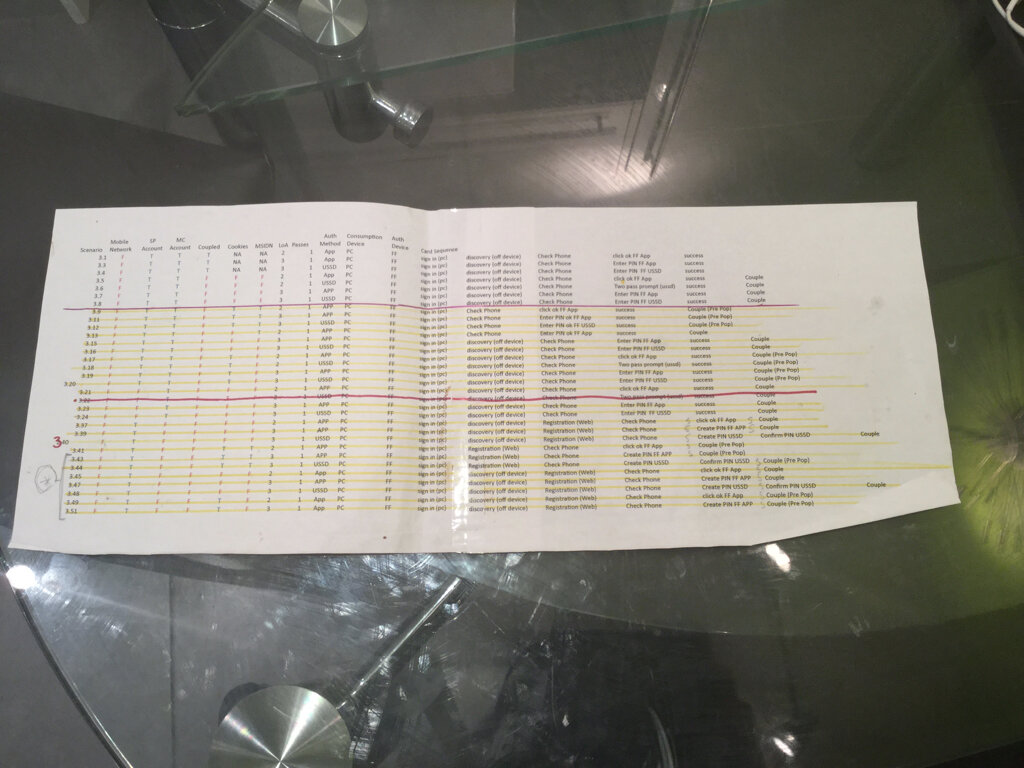The Challenge
G4S's security offerings are expansive and complex, and senior sales staff sometimes had difficulty in communicating both the enormous scope of the offering and the precise selling points of their data-driven approach to security.
As such, we were asked to collaborate on a new experience centre, located in an old bank vault in Westminster, to act as a media-rich sales tool that would help diagnose the needs of high-value prospects across a range of industry sectors and scenarios.
The catch was that we had to deliver it in just six weeks.
Approach
Understanding the product
My first task was to embark on a series of interviews and research to understand the philosophy behind the client's approach to security, while simultaneously trying to ascertain the needs and concerns of high-value clients. At the same time, we needed to liaise with the architects to ensure that whatever we were going to propose would comfortably fit within the confines of the space.
Sketching and Ideation
I quickly ascertained that the centrepiece of the innovation suite would be a diagnostics tool, to demonstrate a number of security scenarios in various physical locations in order to prompt discussion as to precisely what their security concerns were. The default settings of the tools were based on further workshops with G4S's security experts, from which I sketched and iterated a number of interface designs.
Prototyping and Orchestration
After deciding on a final approach that would work within the timeframe, we moved quickly from prototype to development, and I liaised with third party developers, 3d designers, the architects and our own in-house design team to ensure everything ran on schedule. We had successfully designed a four-stage system that moved the prospect from high level concepts to concrete security proposals in the form of a PDF generated at the end of the process.
Outcome
The client feedback from the Bunker has been extremely positive. While the precise details are confidential, we are told the Bunker has played a role in securing for G4S a number of high value contracts. They are now planning to expand the functionality of the system and they are looking to launch more of them in other cities in Europe and around the world.
